Adding wood detailing to a space is big right now. And for good reason, it adds a visual to a space, is more creative then a pictures on a wall, and warms up any room with the addition of the wood. But to try and do something different and fresh using wood detailing is becoming more difficult, it has all been done before. It’s time to get creative when using decorative wood trim.
So I added a little twist to the idea. Starting with some x’s, X marks the spot, and this spot is the happy place in using wood to decorate a feature wall.
I planned on making a horizontal 1 foot wide strip reach from one side of one wall to the other. Then painting it a dark blue, but with light colored X’s being the real detail. And then framing it all with a 1 inch wide wood trim. Making this wood feature wall unique, fun, different, but subtle and small enough to not overwhelm a space.
Materials needed for this wood trim project:
laser leveler
chalk line
painter’s tape
measuring tape
dark blue paint
wood trim
miter saw
white paint
compressed cardboard
nail gun
table saw
wood putty
How to add decorative wood trim to a wall:
I began by first realizing that in order to make this work out right, everything needed to be precise. My top and bottom to the feature needed to be level and even. I succeeded in keeping this level using a laser leveler.
Step 1: Position the laser leveler
I placed the level on a stool, and played around with height difference by adding and taking away books until the laser line was at my desired point. Then made sure both sides were level.
Step 2: Line up the chalk line above the laser line
Using a chalk line, attaching one side to the corner of the wall, having my trusty assistant hold the other end. Lining up the chalk line directly on top of the laser.
Step 3: Mark two lines at the top and the bottom
Then pull the string back, not too far. But enough to make the chalk line have enough oomph to leave a dark red line.
I did this for both my top and bottom lines. Once the lines were good, I used painters tape along the whole lines. This will allow me to use the paint and keep it within my allotted area.
Step 4: Add painter’s tape along the lines and divide it into sections
To determine how many X’s I should put on the wall. I measured the length of the wall where the feature is going to go. Then divided that number by any number. To see how many x’s you need. I started with 6 x’s but it made them really big. So I ended up with 10 x’s all being 10 1/4 wide each. My very last X was slightly bigger. 1/2 an inch, not noticeable. This was the best way to make it work.
Once the number and the desired size was determined I laid out my measuring tape. Marking every 10 and 1/4 time. Marking where each x should be. Again, this is needed to make sure all X’s are the same size across the board. With it being a long and thin feature, any discrepancy in size will be very obvious. Each situation will call for more or less X’s, and the size of them. The wall I am putting this on is fairly large, in my home office/study. With no window or door on it. So I was able to make this be the focal point for the room. Be sure to push in and smooth out the tape for each X. This will guarantee no paint will seep though. Painted tape put on snugly will keep all paint out.
Step 5: Outline the X’s with more painter’s tape
Step 6: Paint the wall
Once all was taped up, it was time to paint. I used a dark blue. A Dutch Boy Chancon Bleu with the primer already in it. With the color on the wall previously a very, VERY light gray a primer would not have been needed. But if you are painting over anything with a color on it a primer, or paint and primer combined will be needed to cover it up. Also the way this design works is the color under this will be what the X portion will show. So if you want white to show through you will need to paint the whole area white, before the X’s are taped on.
I applied the paint using a small roller, this allowed me enough control of the roller to keep it within the taped up area. I ran it along the whole area. Being sure to go over the x’s as well. Don’t worry the tape is there and will prevent the paint from touching the wall wherever the painters tape is.
Step 7: Cut the wood trim
While that was drying it was time to cut the wall trim that will be used to frame the feature. The type and style of the trim is personal. I chose one that is 1 inch thick and 3 inches wide. With some ridges to give the look a subtle visual. I set the trim piece up on the wall. And then marked with a pencil where I needed to cut.
I chose to make all edges of the trim be 45 degree angles. This allows a seamless connection between the individual pieces. Making it fit together like a picture frame. I achieved this by using my miter saw. Setting it at a 45 degree angle.
Before I cut I used a protractor with a 45 setting to draw a line from my mark on the wood trim going in. This allowed there to be no confusion on my part where the angle should be cut.
Step 8: Check if the angles are right
After each cut of each trim I lined them up to determine if it was the correct angle and had lined up properly. Sometimes you may need to shave off a little bit here and there to make is be as snug as possible with the fit.
Step 9: Paint the wall trim
Once all pieces were ready I painted them. I used a basic semi gloss white with primer. Using a large brush and painting going one side to the other. Along the grain of the wood. I did two coats of this to make sure all small details were covered.
Step 10: Remove the tape
I was antsy to get back inside and pull the tape on the wall off. Revealing my glorious and perfect X’s. The paint had dried and it was time to pull the tape off and hope that no paint seeped through.
I pulled it off and right away saw a huge problem. With all of the pushing I had done on the tape to make sure it was on tight. My walls have a finish that is rough on it. There is small little bubbles similar to soft sand paper. It is throughout the whole house and supposedly makes stains and smudges harder to stay on the wall. It also makes tape harder to stay on the wall. My lines were horrible. There was portions of paint all throughout the lines.
Step 11: Come up with a plan to solve this complication
I could not paint white on those spots, with the blue being so dark, the smudges would still have shown through any white I put up. And I don’t know if I would have been able to make the lines as precise as was necessary. It was damage control time. I will say that if you are planning on doing this at home you should have no problem getting the desired effect of the white paint coming through where the X’s are. If you have a textured wall you may have to do what I ended up having to do.
My solution was to use some Masonite. It is essentially compressed cardboard and is used as backing for a lot of book shelves or other furniture. It was exactly the same thickness as the trim so would fit right in.
Step 12: Install the wood trim
Before I got to cutting anything I put up the newly painted white trim. Lining it up right on the line of my painted blue spot (where the tape was). Then using a air nail gun. I simply pushed it in and punctured a spot. Doing one nail every 5-8 inches or so. Making sure it is all secure on the wall. This can be done without a nail gun. Just simply a nail and a hammer. If you do it this way be careful to not hit too hard, it could snap or cause a break in the wood where the nail goes in.
Step 13: Cut the Masonite into thin pieces
Next it was time to fix my problem and get the Masonite to work for this feature. I measured how wide the X’s are. They are all 1 inch wide and began the long process of cutting 20, 1 inch long pieces. I had 10 X’s and need two lines per X.
I used a table saw, set it at the desired measurement and pushed the Masonite through. Cutting out one at a time
Once they were cut, I needed to make them angled to be able to wedge into the top and bottom of the trim, at an angle. One by one bringing in a piece, setting it where it will go and marking the angle needed to cut. Then cutting along that line. Each one was slightly different in the angle needed. If you are doing this at home, you can also put the thin Masonite on under the trim and save yourself some time in cutting one angle at a time, 20 times.
One X each had one long piece. Then where the split of the x is the other one was cut twice. To make the top and bottom portion of the other X part. It was a long process but one that was needed in order to salvage this project.
Step 13: Install the Masonite
I had initially thought and planned to paint the new addition of Masonite white to match the trim. It was my plan to have the X’s be light. But when measuring the Masonite I really liked the look of the dark brown combined with the white. A combination of white and brown wood is fast becoming a hit. So I decided to leave them brown. I can always paint them if I decide the varied color is not what I like. But for now, the colors work great together. I connected the Masonite to the wall the same I did the the trim, using a air nailer. Putting one nail in the top, one in the middle, and one on the bottom of it strip of Masonite.
Step 14: cover the nail holes with wood putty
Once all was connected and up I used a bit of wood putty to push into each nail hole on the white trim. Making the small holes the nail left disappear. I got a small amount on my hand and then smoothed it into the hole. Each time wiping my finger across to make it flush with the trim.
Step 15: Step back and enjoy
Then, finally. This was done! It was a long process, one with a really big hiccup. But if I am being honest I am so happy with the last minute addition of the two tone wood look. The Masonite has a great appearance of dark wood, I have dark wood floors in my home, so it all flows wonderfully. My initial plan to have the x’s be white would have been great too. And less work!
This project is a great way to add the wood trim detail to a feature wall. But without the commitment, time, or overdone idea of wainscoting or wood panels. This is for someone who wants to stand out, bring some fun and detail to a room. And make it your own. You can do it with my initial plan of just the taped X’s revealing the light paint. Or do it my other way of adding the Masonite or any wood board to make the X’s stand out along with the wood. Either way is creative and different!
The post A New Way To Add Detailing To A Wall, Wood Trim With X’s appeared first on Home Decorating Trends - Homedit.















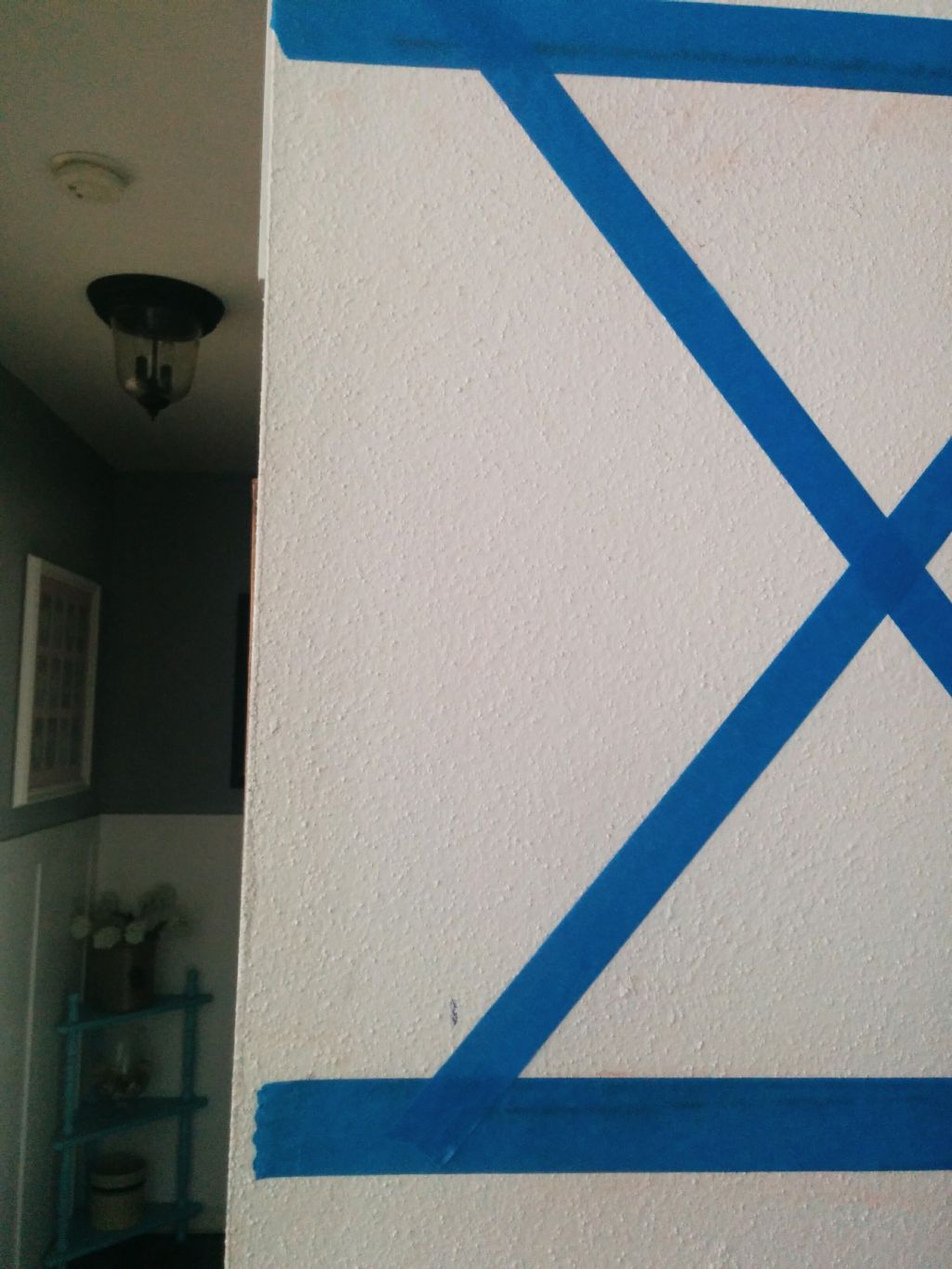
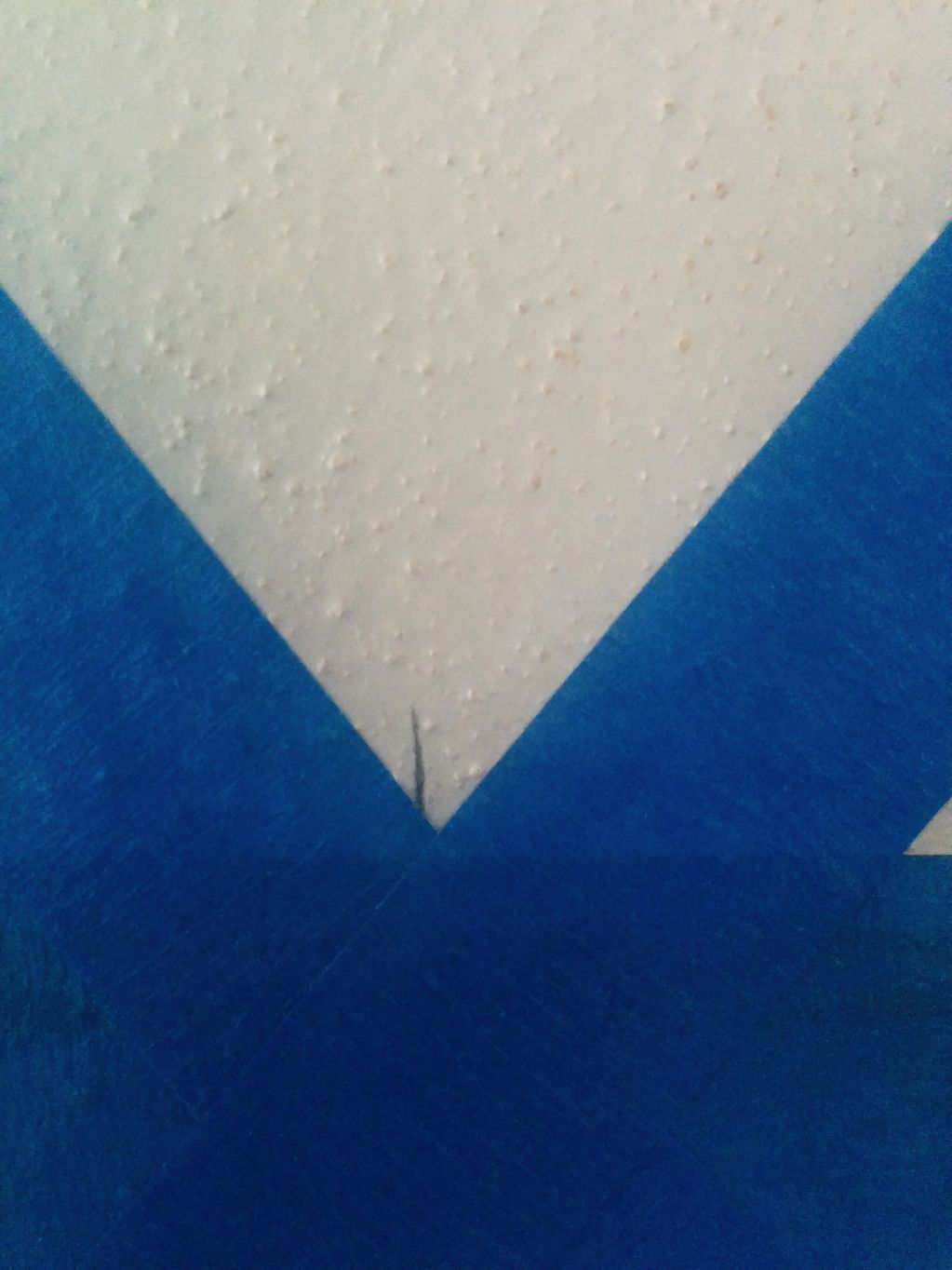






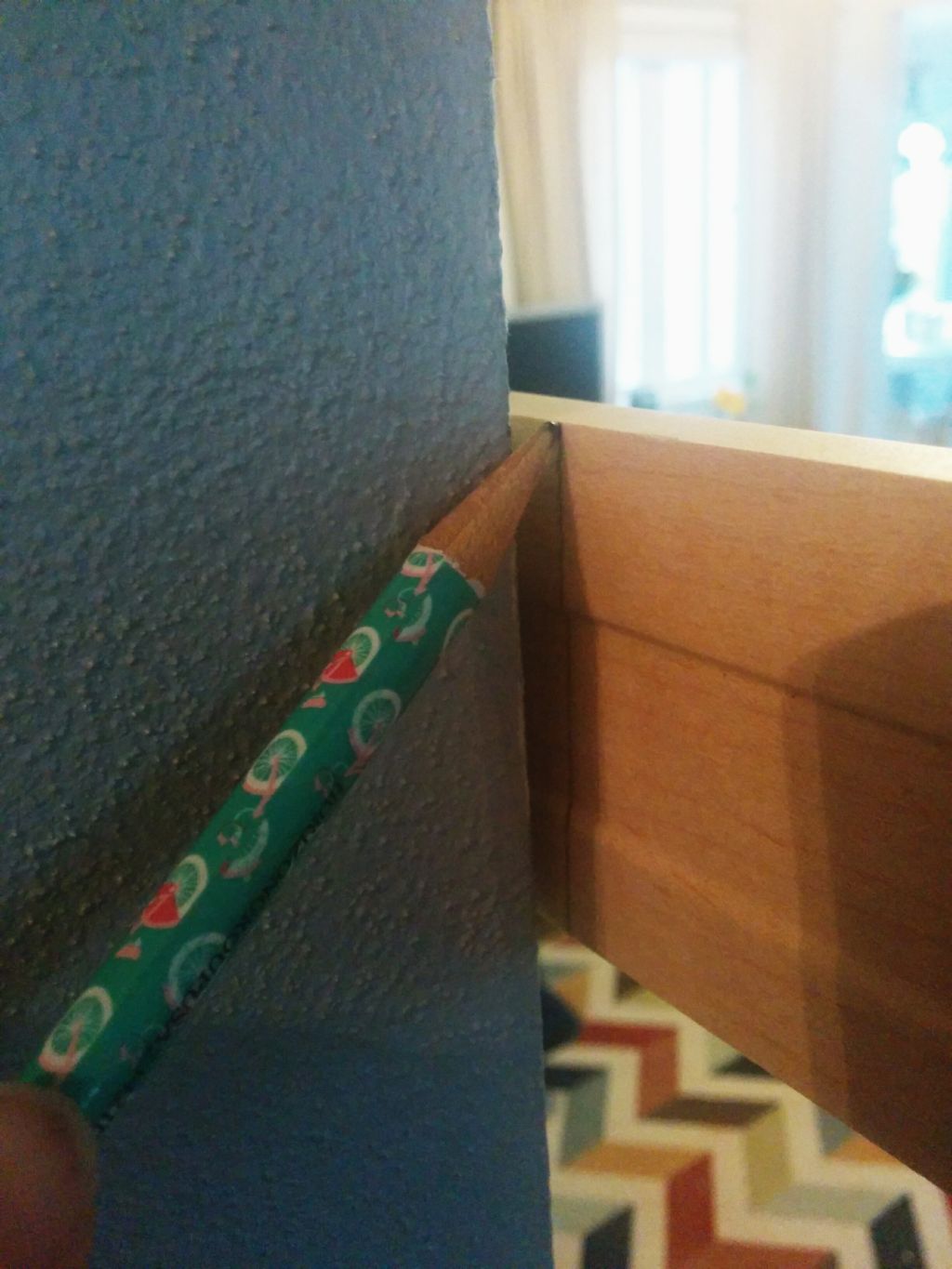










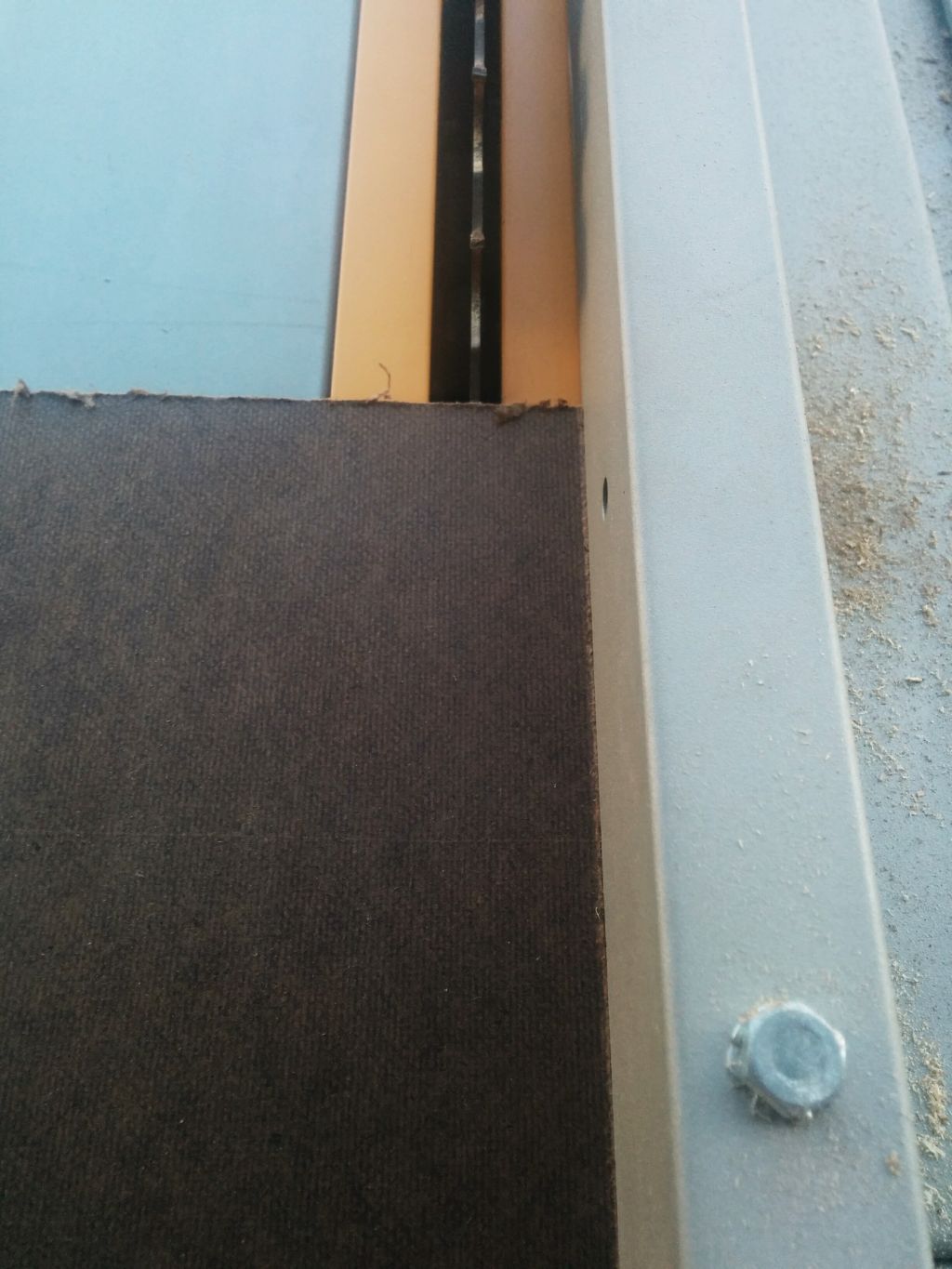






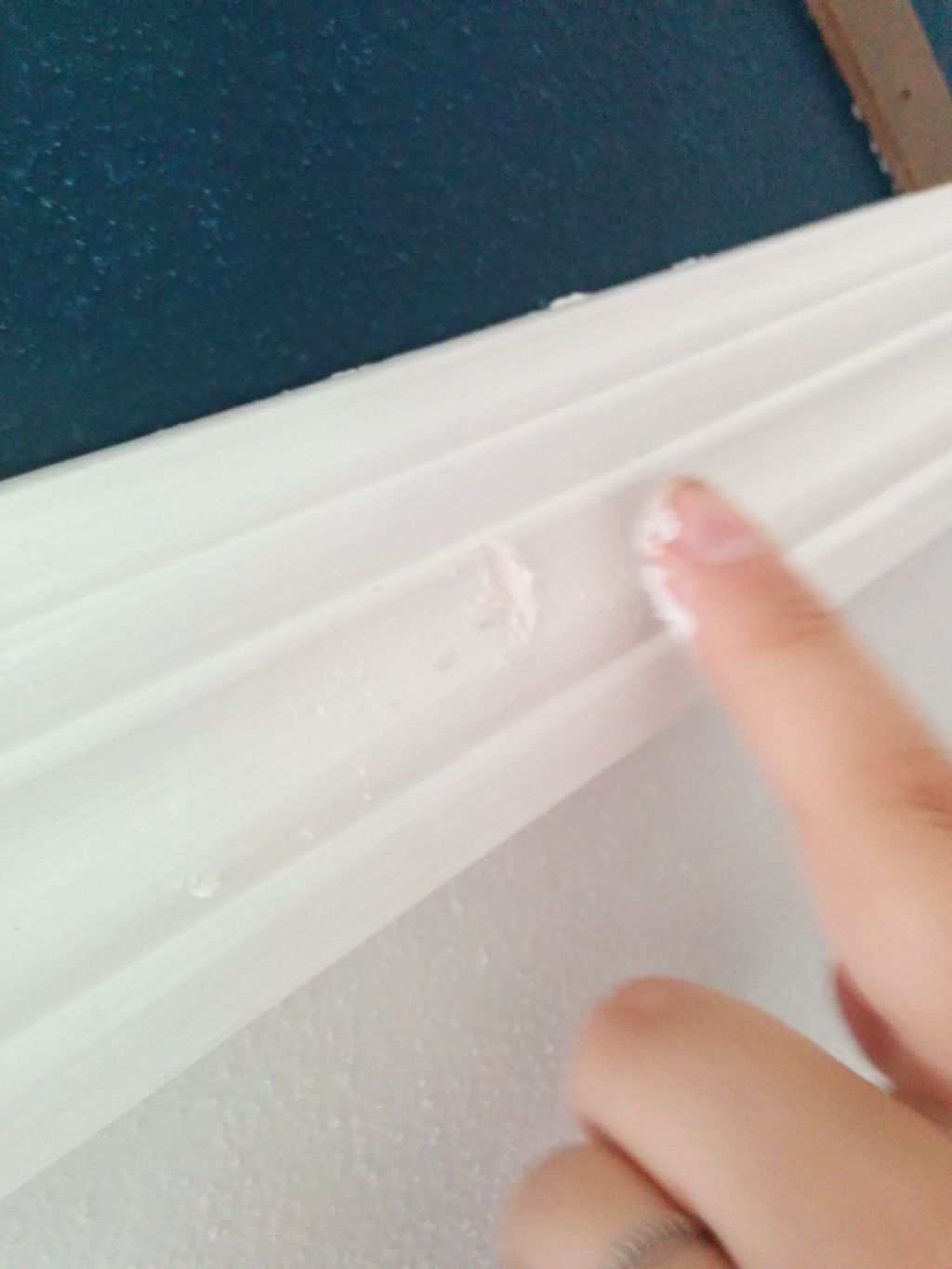

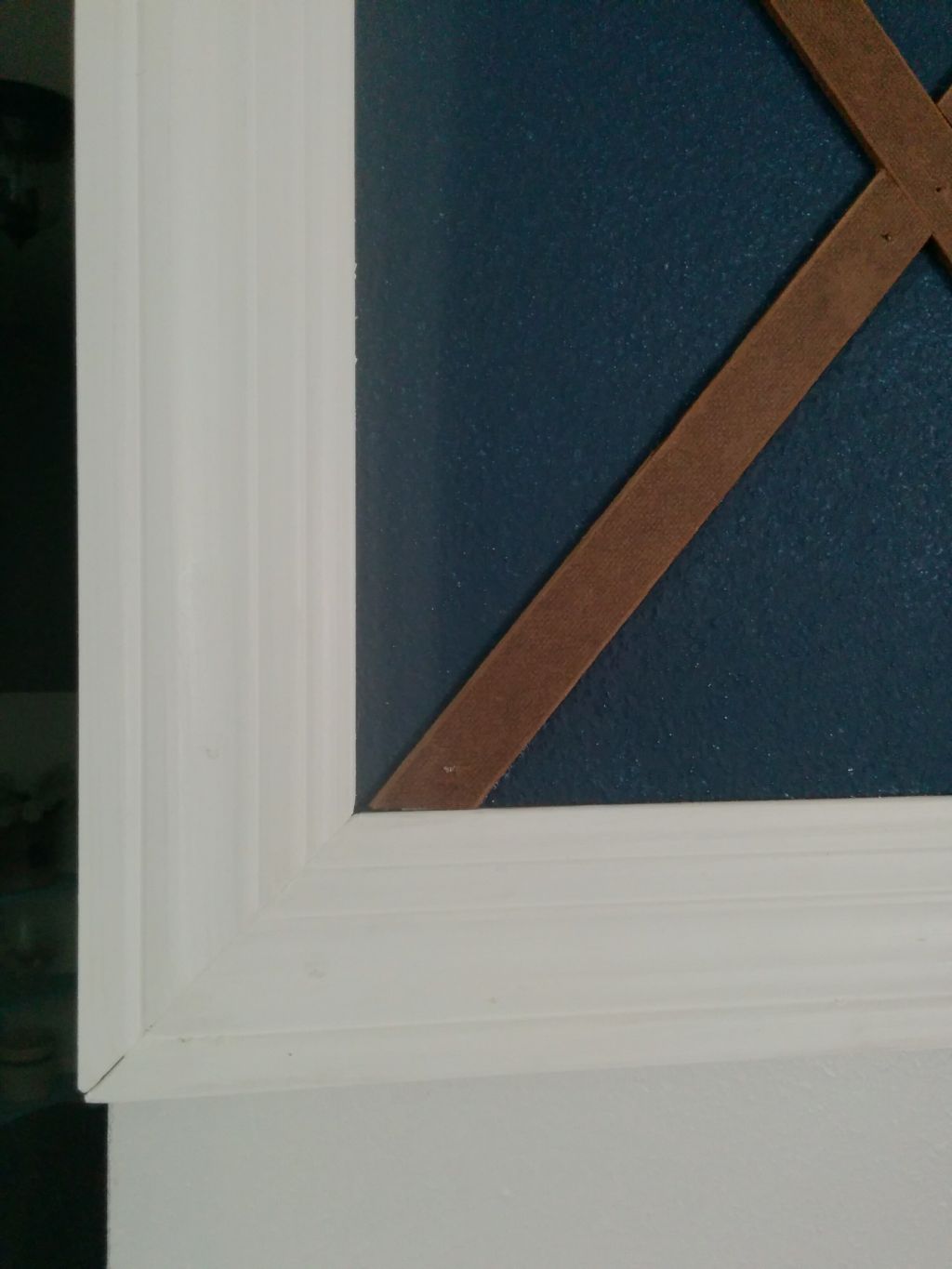





0 Commentaires